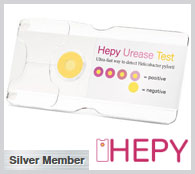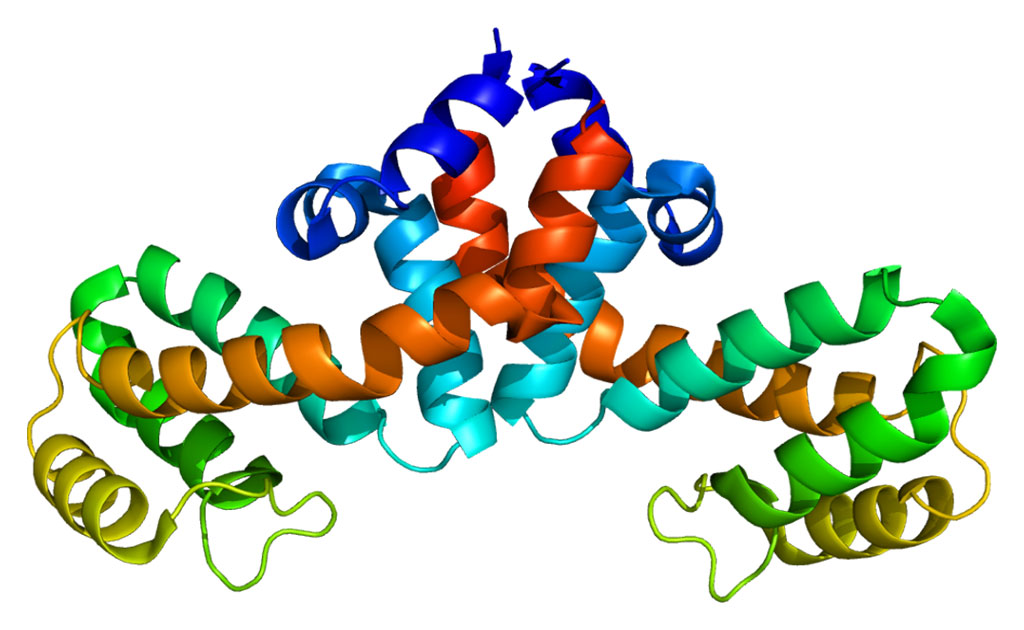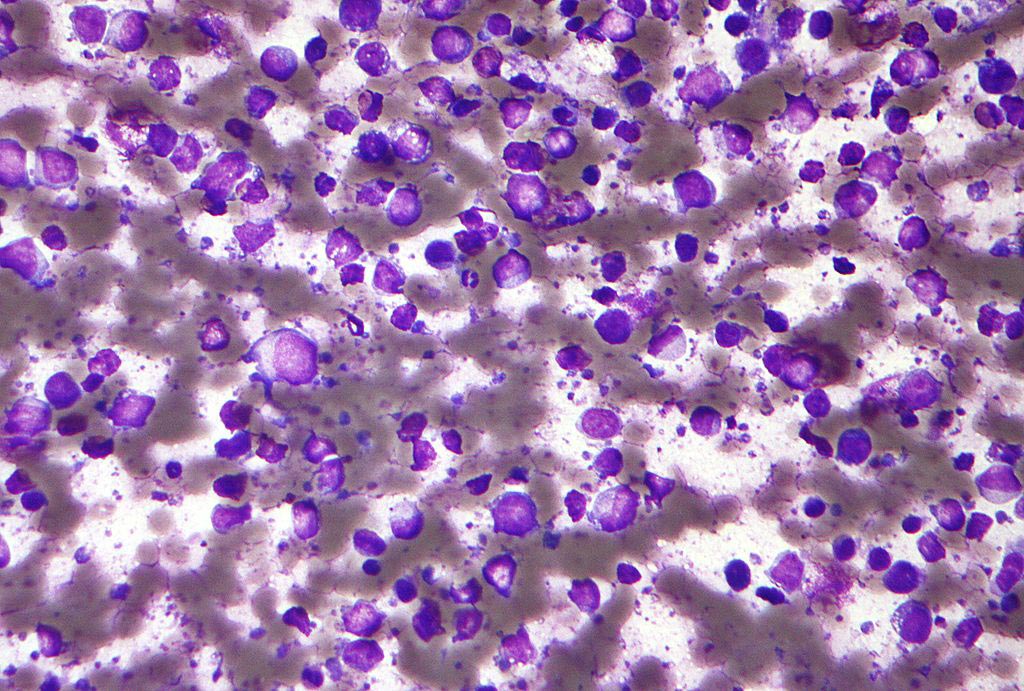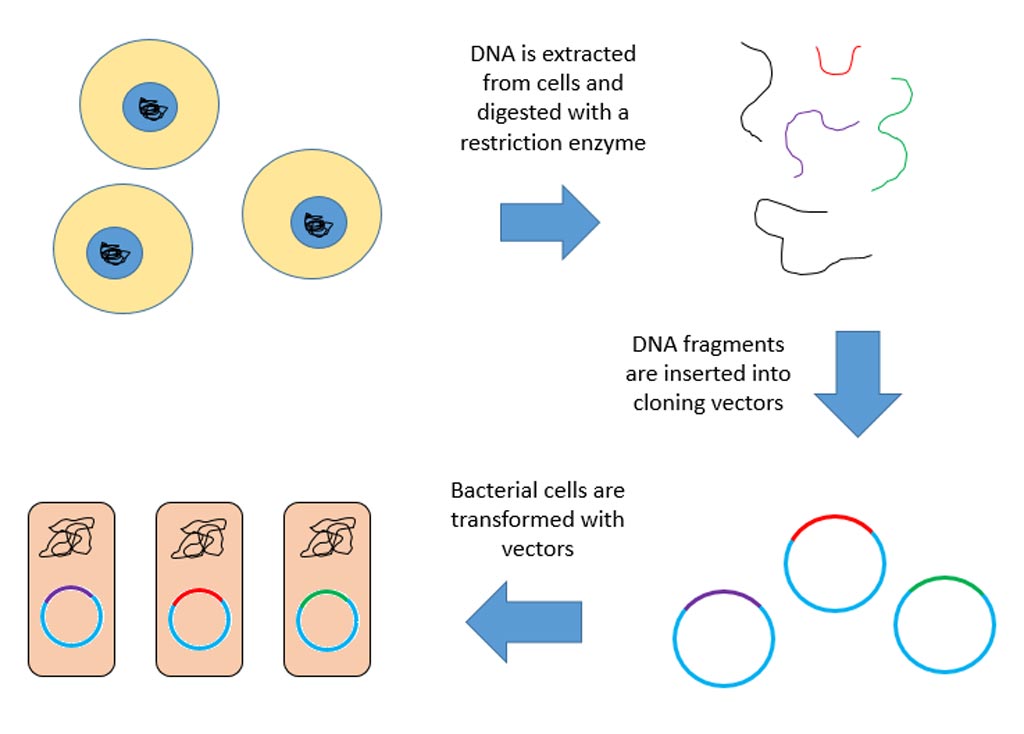A Wide Range of Microsome Products Is Now Available
By LabMedica International staff writers
Posted on 21 Dec 2010
Drug developers and other biotechnology researchers are now able to obtain a comprehensive range of liver microsome products from over 12 species, including mouse, rabbit, monkey, and chicken. Posted on 21 Dec 2010
Sera Laboratories International Ltd. (Haywards Heath, United Kingdom) has entered the market with a line of microsome products that includes pure microsomes, S9 fractions, and various liver cytosol preparations.
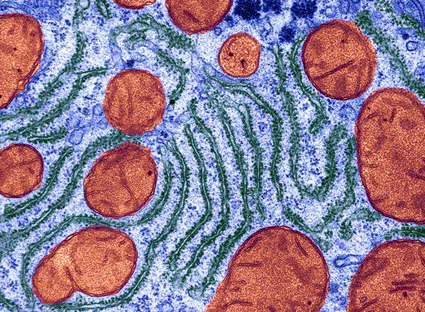
Image: Color enhanced transmission electron micrograph (TEM) of the liver of a normal hamster showing the endoplasmic reticulum (photo courtesy Don W. Fawcett / Science Photo Library).
Microsomes are vesicle-like artifacts formed from the endoplasmic reticulum (ER) when eukaryotic cells are broken-up. As such, microsomes are not ordinarily present in living cells. Microsomes are concentrated and separated from other cellular debris by differential centrifugation. Unbroken cells, nuclei, and mitochondria sediment out at 10,000 × g, whereas soluble enzymes and fragmented ER, which contains cytochrome P450, remain in solution. At 100,000 × g, ER sediments out of solution as a pellet but the soluble enzymes remain in the supernatant. The microsome pellet has a reddish brown color, due to the presence of the iron-containing heme co-factor in the P450s.
In general, the S9 fraction is more frequently used in research than are pure microsomes. The S9 fraction is the supernatant fraction obtained from an organ (usually liver) homogenate by centrifuging at 9,000 × g for 20 minutes in a suitable medium. This fraction contains cytosol and microsomes. The microsome component of the S9 fraction contains cytochrome P450 isoforms and other enzyme activities. The cytosolic portion contains the major part of the activities of transferases. The S9 fraction is easier to prepare than purified microsomes.
With the new offering of purified microsomes, S9 fraction, and cytosol preparations, Sera Lab presents life science investigators with a wide variety of easily accessible research tools.
Related Links:
Sera Laboratories International Ltd.






